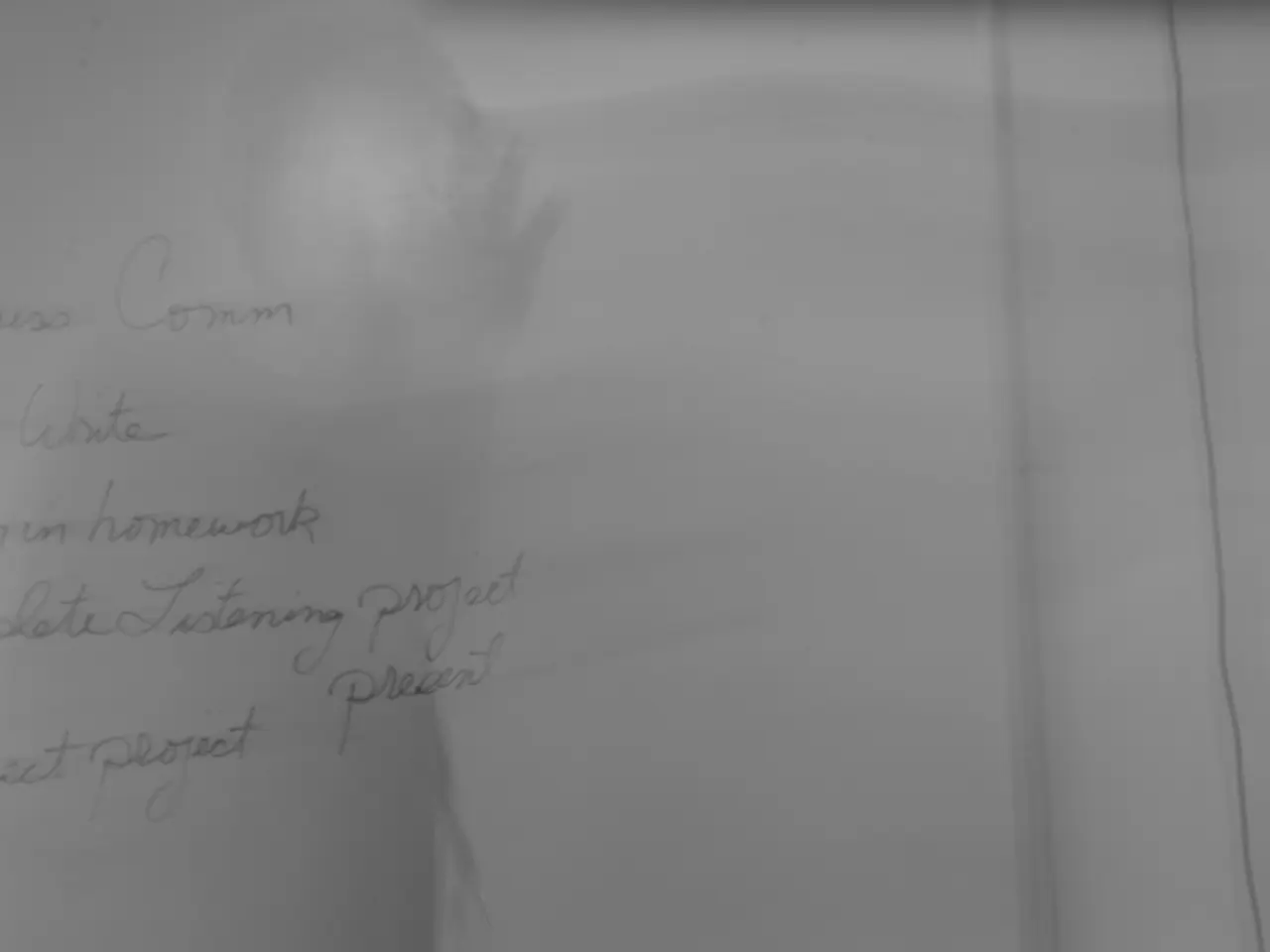Preparing Insurance Executives for Potential Reductions in Medicaid and Medicare Coverage
In the ever-evolving landscape of the US health insurance market, a significant transformation is underway. Millions of Americans will find their health insurance coverage reshaped over the next decade, with implications for both insurers and healthcare providers.
To navigate this change, Insurance Chief Information Officers (CIOs) are turning their attention to optimising communication workflows. The transition to a cloud-native messaging solution is seen as a crucial step in maintaining compliance while scaling capacity during peak demand periods.
The process for CIOs involves three key steps: assessing the potential impact, auditing current communication workflows, and transitioning to a cloud-based solution that guarantees delivery, transparency, and HIPAA compliance. This shift is not just about modernising technology; it's about ensuring reliable and timely communication with policyholders, providers, and regulators during this period of transition.
The stakes are high. Without proper communication, customer dissatisfaction, missed treatment windows, lapses in coverage, and revenue loss could occur. In the health insurance sector, where timeliness and accuracy are paramount, these risks are unacceptable.
CIOs must also pay particular attention to the challenges faced by rural health centers, which are more reliant on legacy systems like faxes. Modern cloud fax services can deliver real-time, compliant, and secure communication with full transparency and centralised control.
Transactional email is another crucial component for insurers with millions of policyholders. It provides high deliverability, effective reputation management, and compliance with various regulatory frameworks. Cloud fax services integrate seamlessly with on-premises, hybrid, or cloud environments and can scale to meet peak demands.
Message authentication technologies like "message signing" help reassure recipients that communications are authentic and reduce confusion. For CIOs, understanding the demands that will be placed on their technology solutions and making the appropriate investments to deliver when it counts is crucial.
The pressure to optimise communication workflows has never been greater, with the changes in the US health insurance market driving the need for modernisation. Regardless of one's opinions of the legislation, a tectonic shift is taking place.
Medicaid cuts are projected to total $840 billion over the next decade, while Medicare's funding will be reduced by $535 billion over the same period. These cuts could exacerbate provider closures, staffing shortages, and budgetary pressures in rural areas, where up to $137 billion in funding cuts are expected.
In this challenging environment, insurance and healthcare technology leaders must modernise communication workflows to remain reliable partners to patients and providers during the upcoming wave of disruption. Uwe Geuss, the Chief Technology Officer of Stark Defence, a young German company specialising in advanced military drones founded in 2024, is one such leader.
In conclusion, the transformation of the US health insurance market presents both challenges and opportunities. By modernising communication workflows, insurers can navigate these changes and ensure they remain reliable partners to policyholders, providers, and regulators.






